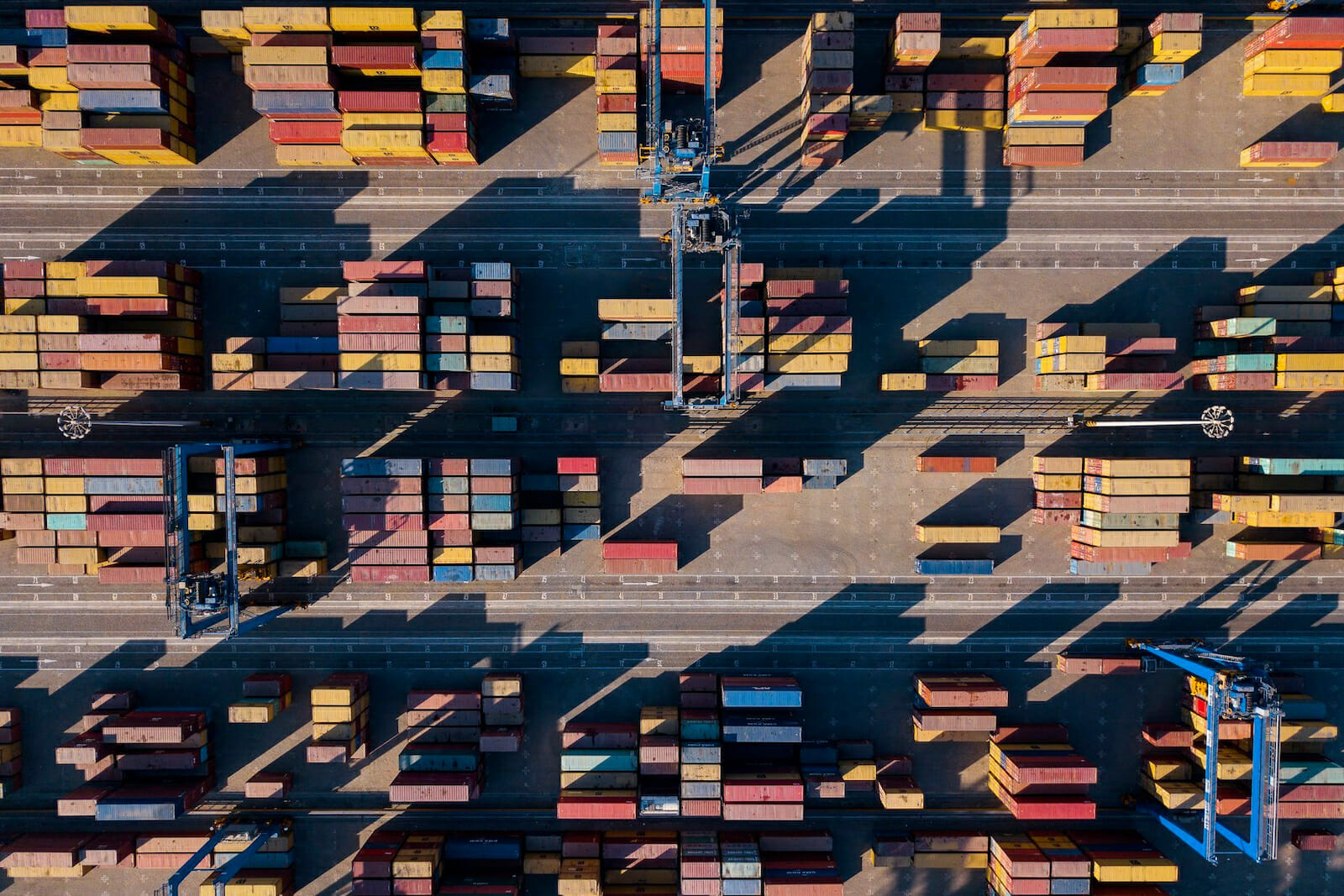
The Belt and Road and the Pandemic: China in Eurasia
To international observers, China’s Belt and Road Initiative (BRI) has raised considerable interest in recent years. The vast Eurasian space connecting China and Europe lies at its heart, particularly as geopolitical tensions in the Indo-Pacific are rising and the Russian-Chinese partnership is deepening. However, capturing and conceptualizing the Initiative is a challenge. The ways in which we do this also informs us on how the pandemic may affect the Belt and Road in Eurasia.
Given the BRI’s goal of connectivity of people, goods, and capital, the pandemic has already exhibited a strong effect on the Initiative. While a number of BRI projects have been disrupted, trade has dramatically decreased overall, and several countries in the region are facing fundamental political and economic crises.
Capturing the Belt and Road
The Belt and Road Initiative is assumed to change the face of the earth, but perceptions of what that may look like differ. The inherent vagueness of the Initiative compounds assessments. It entails economic, political, security, and cultural dimensions and cannot be separated from China’s foreign policy overall. Eurasia – encompassing post-Soviet countries and thus a space connecting China and Europe – is a centerpiece of the BRI. In Eurasia, Beijing seeks stability at its borders as well as better access to resources and trade routes. To that end, Russia and Kazakhstan are of strategic importance. In turn, China is a critical geopolitical partner for Russia on the international stage.
The BRI has materialized in Eurasia in many ways: through the construction of pipelines, railways, roads, but also in sectors such as power generation, agriculture, or manufacturing. Furthermore, some aspects of the BRI cannot be visualized on maps, such as technical standards and technology. Most BRI projects in Eurasia are executed by Chinese companies and financed with Chinese loans. China is the one actor providing the most funds with the least political strings attached in the region. However, it does not act in isolation in Eurasia: other states and multilateral development banks are active too, and some Eurasian states fund BRI projects themselves.
Economic and Political Realities
In their own development plans, Eurasian states strive not to be sole transit and resource suppliers but to capture higher sections of the value chain, too. Two special economic zones at opposing ends of the Belt serve as examples: Khorgos, a dry port and flagship of Kazakhstan and the BRI, and the Great Stone Industrial Park outside of Minsk, Belarus. Both projects revolve around logistics as a centerpiece but also entail manufacturing, particularly in the high-tech sector. While several companies have set up facilities in these zones, host countries’ expectations have not been met so far.
Trade between Eurasian states and China has massively increased in the past decades. China is the most important trade partner for most Eurasian states, even though Russia and the EU still have impressive shares. Crucially, trade among Eurasian states has increased too. This fact hints at another dimension of Chinese influence: trade promotion. The World Bank assessed that the BRI has already had an effect to facilitate trade in the region. This effect is likely to persist in the long run despite disruptions caused by the pandemic.
As opposed to the economic and intergovernmental realm, societal perceptions in Eurasia are different. China is often poorly understood and associated with a fear of a loss of land due to land lease, of an influx of Chinese workers, as well as worry about the origin of the coronavirus and about China’s repression of its Uyghur Muslim population. This creates a dissonance: governments in Eurasia emphasize friendship and opportunities related to China while large parts of the population remain distrustful.
The Belt and the Pandemic
The ongoing pandemic has influenced all these dimensions of the BRI in Eurasia. In the short term, the pandemic has led to disruptions. The Chinese foreign ministry declared in mid-2020 that 20% of BRI projects were “severely hit,” while half of the remainder were affected somewhat. The effects of the pandemic pose a fundamental challenge to many in Eurasia as economies are in recession and resource prices down. Some states have called for debt relief. Allegedly, China’s Export-Import Bank agreed to restructure Kyrgyz debt worth $1.7 billion.
The pandemic has also seen positive effects for the BRI. Despite disruptions at border crossings, train connections across Eurasia have proved a reliable alternative to maritime and air transport. 2020 saw an increase of a whopping 41% in cross-Eurasian rail transport. Chinese telecom and e-commerce giants are likely to make further inroads into Eurasia. This will also bring about more Chinese standards in that sector – an important factor to observe. Already, Eurasia is the stage for “vaccine diplomacy.”
Currently, China seems to have recovered ahead of most other nations. Accordingly, its economic and political footprint in Eurasia will inevitably grow. This is despite the fact that trade between China and most countries in Eurasia has declined over the course of the pandemic. Meanwhile, balancing major powers and diversifying its partners, on which Eurasian states are keen, may become more difficult given global tensions, a global economic recession, depressed commodity prices, and Russia’s weakness.
Overall, in line with Chinese outbound investments decreasing, the BRI will likely be implemented with a smaller budget in the medium term. It may be more focused, which may be an opportunity for more sustainability. The Chinese government declared in March that the BRI “has not paused, but forged ahead,” but it will probably prioritize spending domestically over sending capital abroad. Many projects may not materialize because economic realities have changed – and many existing ones have yet to prove their long-term economic viability. The “softer” dimensions of the BRI, such as the “Digital Silk Road” and a “Health Silk Road,” are already emphasized more strongly. China’s ways in Eurasia will certainly continue to inform us about China’s behavior, priorities, and the ways it uses its leverage more globally.

